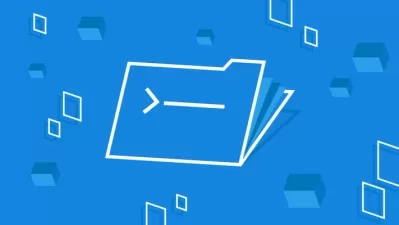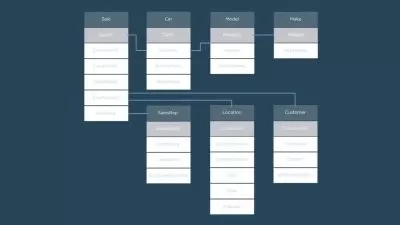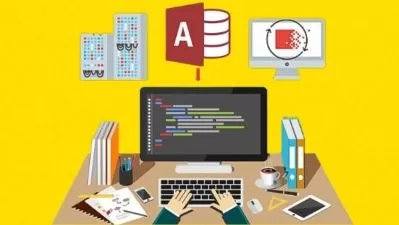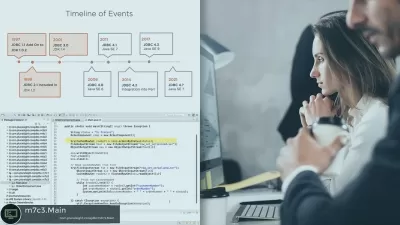Querying JSON, XML, and Temporal Data with T-SQL
Xavier Morera
1:49:59
Description
The most common scenario with SQL Server is querying structured data. But many do not know that it also allows storing and querying semi-structured data using XML and JSON; as well as obtaining values from any point in time with temporal tables.
What You'll Learn?
Querying structured data is the most common scenario with SQL Server. However, there are cases where the schema is not known up front or more flexibility is needed. Additionally, sometimes it is required to know the value of a particular field at a specific point in time. In this course, Querying JSON, XML, and Temporal Data with T-SQL, you’ll gain the ability to use JSON and XML to store, modify, and query semi-structured data. First, you’ll learn how to work with JSON in SQL Server. Next, you’ll discover how to work with XML. Finally, you’ll explore how to retrieve values at any point in time with temporal tables. When you’re finished with this course, you’ll have the skills and knowledge of JSON, XML, and temporal tables needed to work with semi-structured data and historic data in SQL Server. Software required: Microsoft SQL Server.
More details
User Reviews
Rating
Xavier Morera
Instructor's Courses
Pluralsight
View courses Pluralsight- language english
- Training sessions 25
- duration 1:49:59
- level advanced
- Release Date 2023/10/15
















